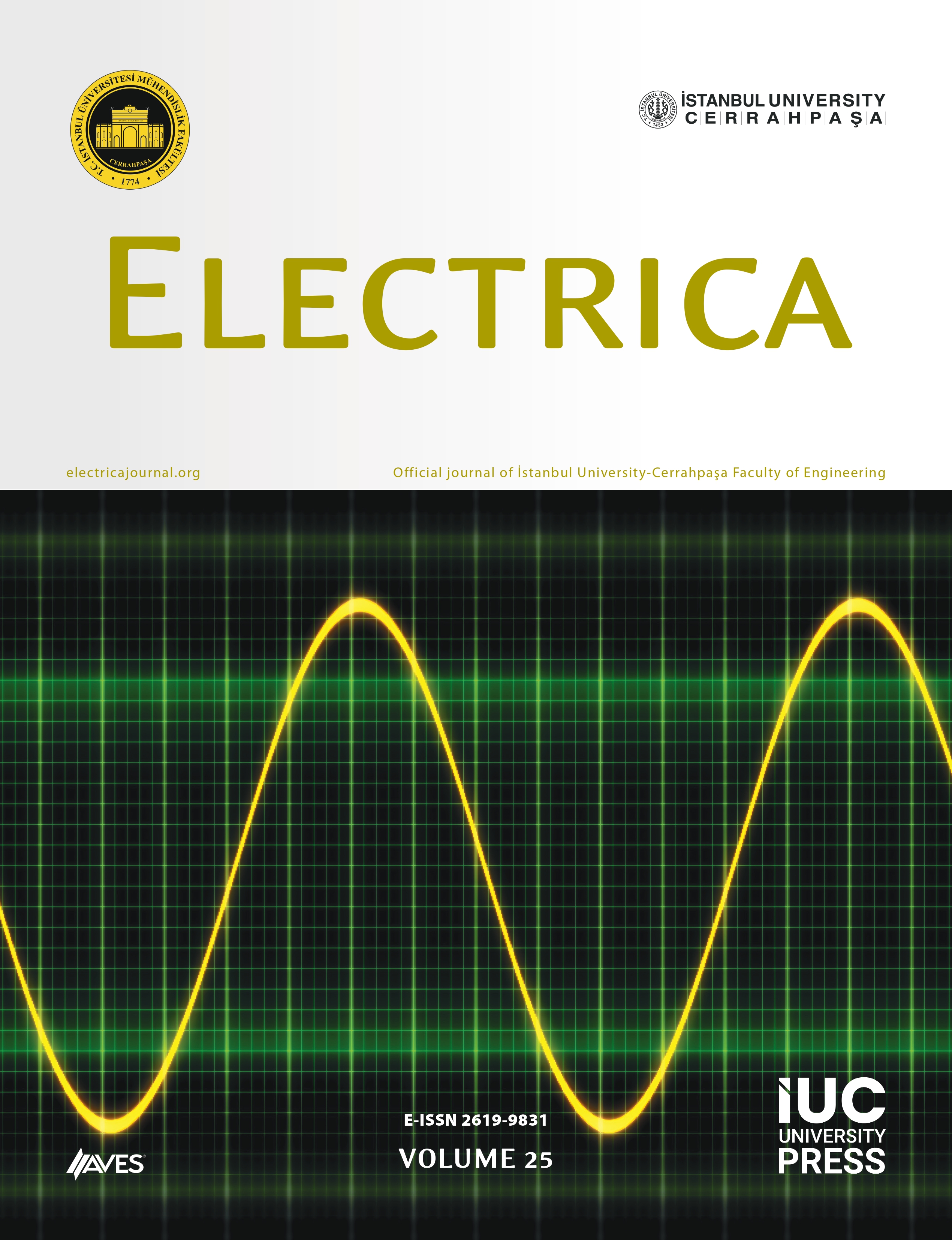Electric vehicle charging stations (EVCSs) in the distribution system are attracting more attention these days.
Several technical and economic issues are associated with their management and the overall power drawn
from the grid. Reactive power compensation has also been identified as a key operational consideration when
using such systems. While utility-based reactive power units can be operated within the system, reactive power
compensating units commissioned by EVCS owners can help address issues such as expanded line loading
capacity, reserved capacity, installed capacity, and increased line losses. While optimization methods such as
genetic algorithms and particle swarm optimization have been proposed, their practical implementation in large-
scale systems remains underexplored. As the number of EVCSs in the distribution network grows, the number
of compensating units involved will increase, necessitating advanced optimization techniques to determine
the appropriate rating for each EVCS at the charging station. The Firefly Algorithm, developed using MATLAB
software, is employed to tackle this optimization problem. This work presents five cases that provide a line-by-line update on the proposed approach for identifying the role of reactive power compensating units in conjunctionwith EVCSs. The results are validated using the IEEE 14-bus and 30-bus systems. By addressing reactive power compensation challenges, the study contributes to reducing energy losses and ensuring a stable power supply. These advancements support the broader goal of sustainable energy transition and the widespread adoption of electric vehicles (EVs), ultimately fostering environmental conservation and energy equity.
Cite this article as: N. K. Saxena, "Reactive power optimization using Firefly Algorithm for dispersed electric vehicles charging stations in radial distribution system" Electrica, 25, 0131, 2025. doi: 10.5152/electrica.2025.24131.



.png)

.png)